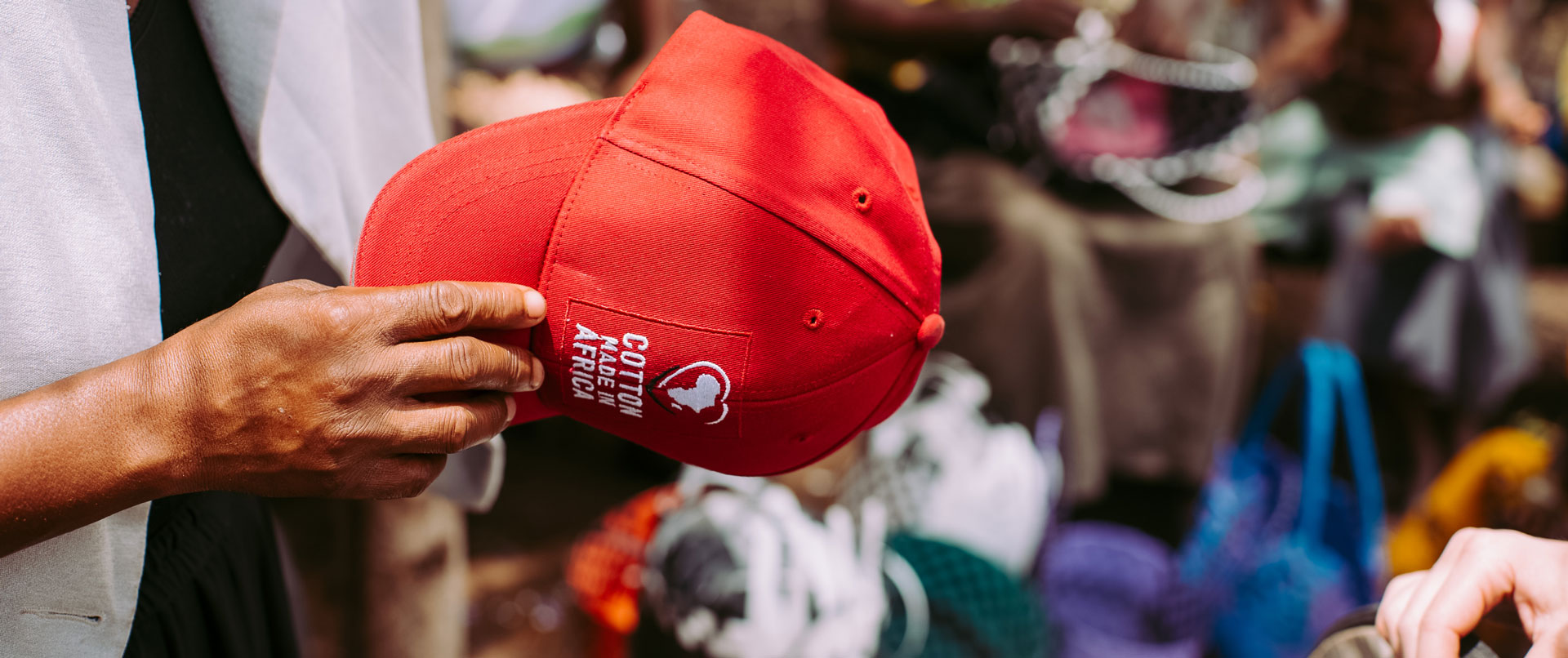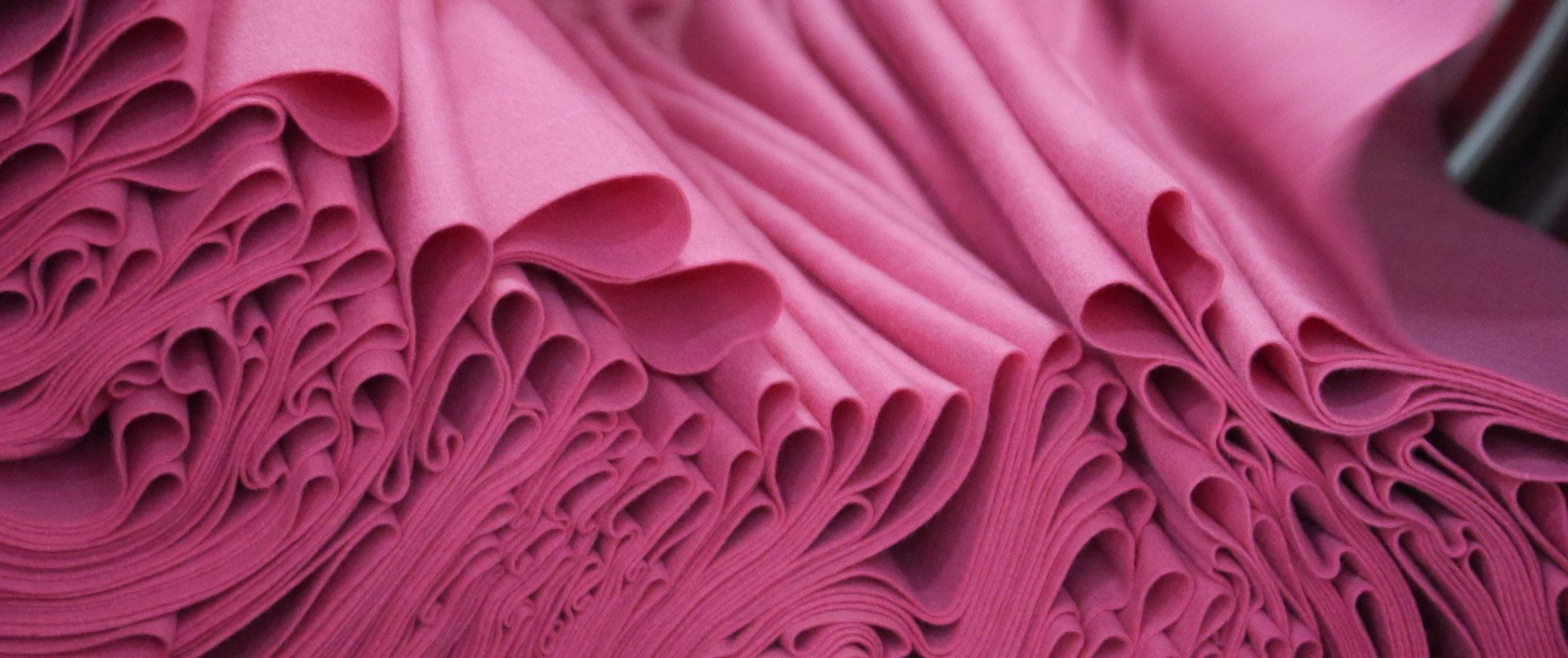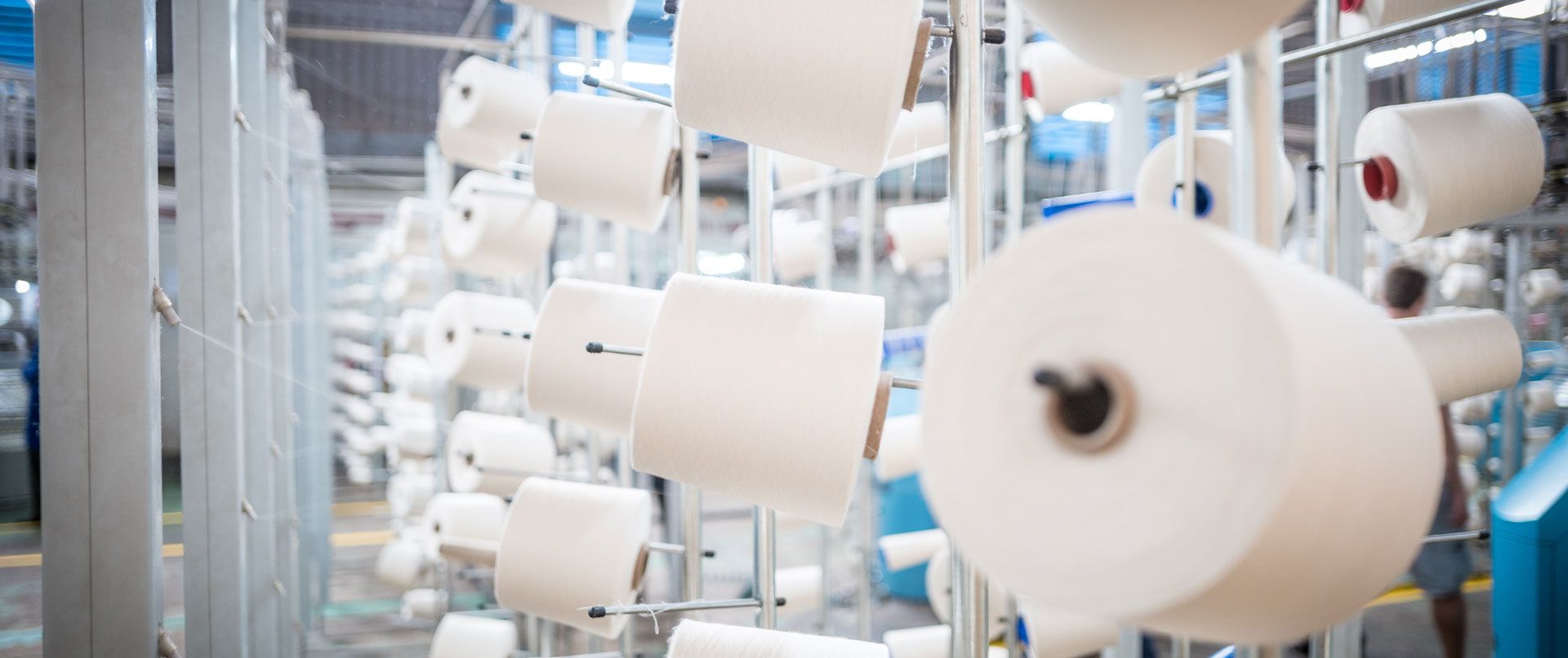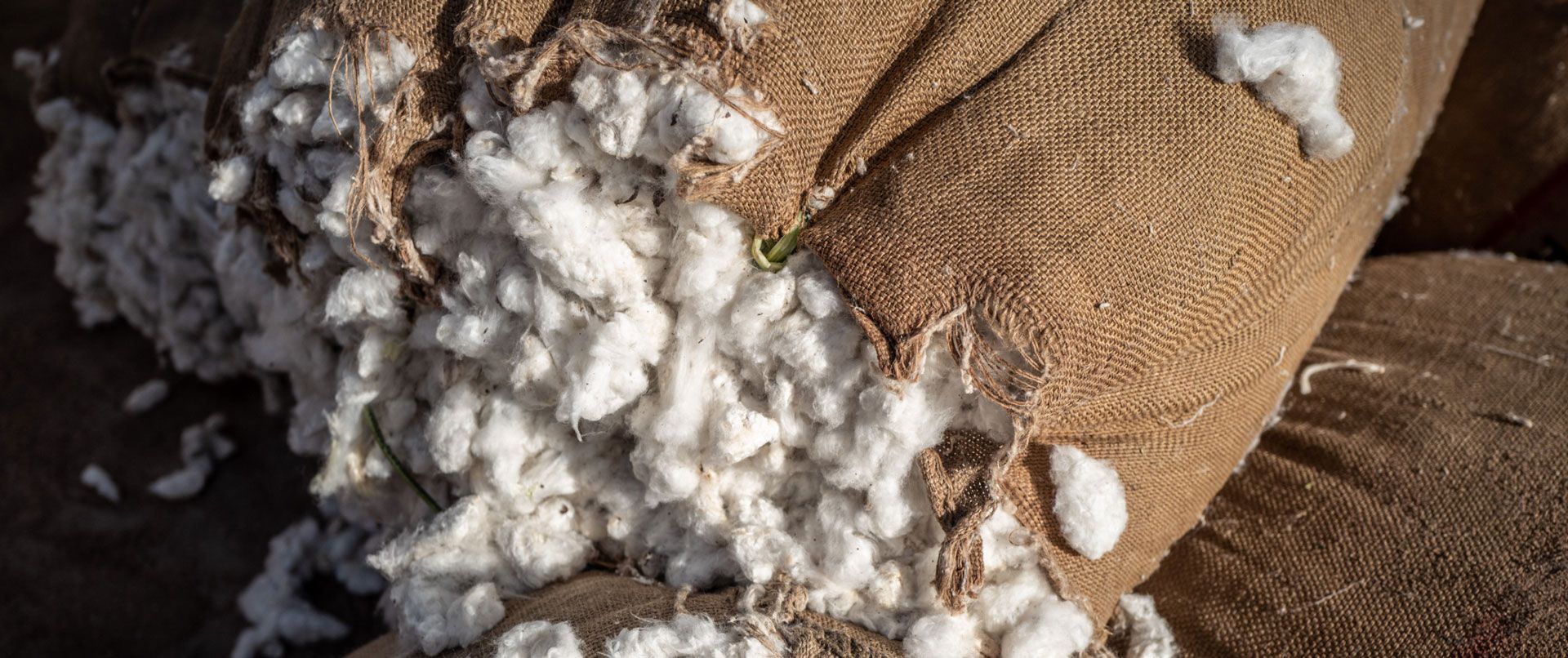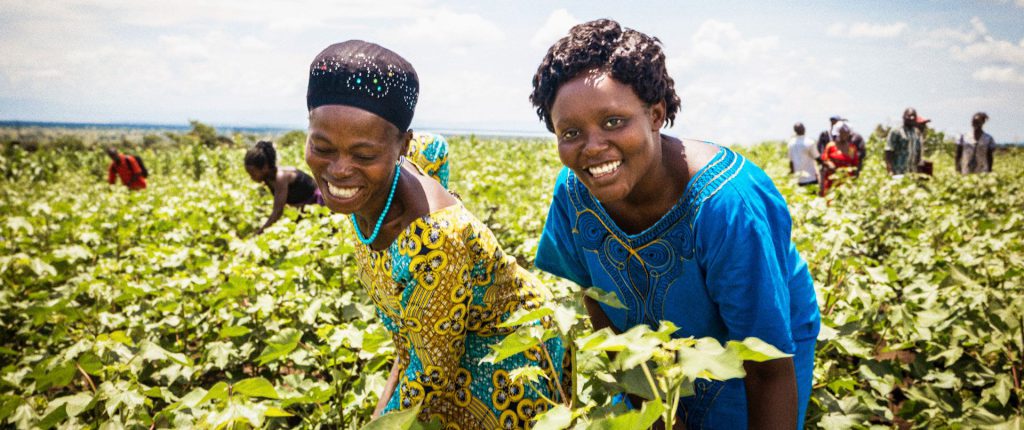Are you new to sustainable purchasing, or do you want to expand your work in managing sustainability? At Cotton made in Africa, we have 15 years of specialist experience in sustainable cotton production and the global processing of this valuable resource for the textile industry. Cotton made in Africa-verified cotton is in demand among international retailers and brands and is used to manufacture yarn, fabric, clothing, and hometextiles in all the major production markets in the world – currently encompassing 25 countries, nine of which are in Africa. Cotton made in Africa’s Demand Alliance includes cotton traders, spinning mills, fabric and textile producers, and international retailers in addition to well-known fashion brands.





